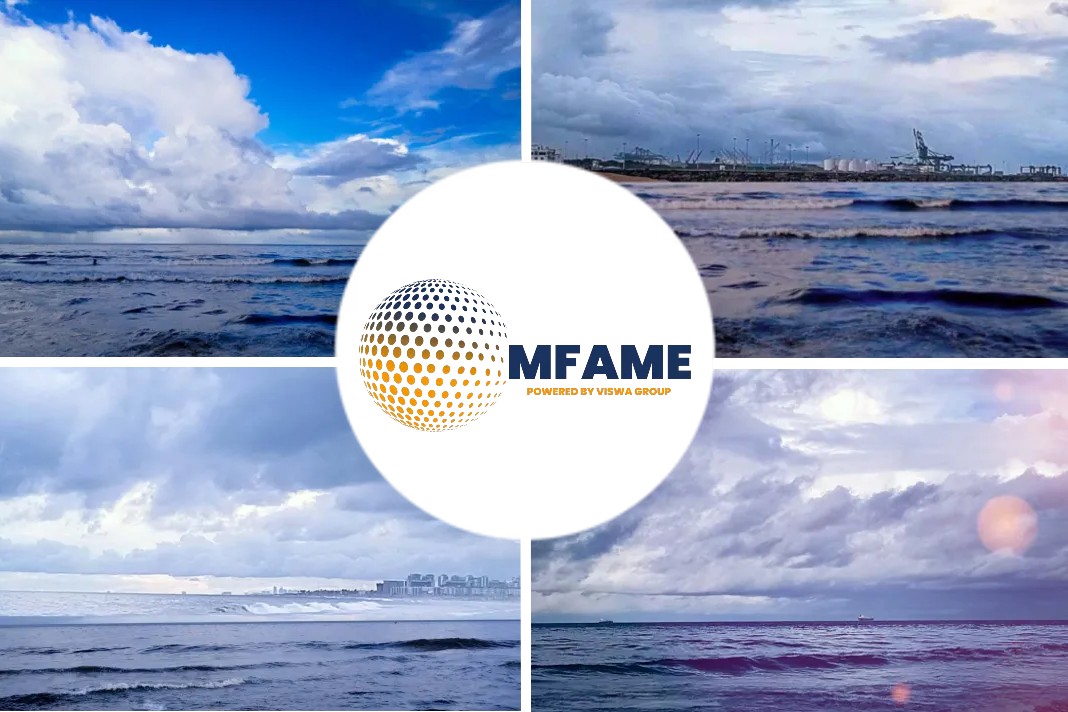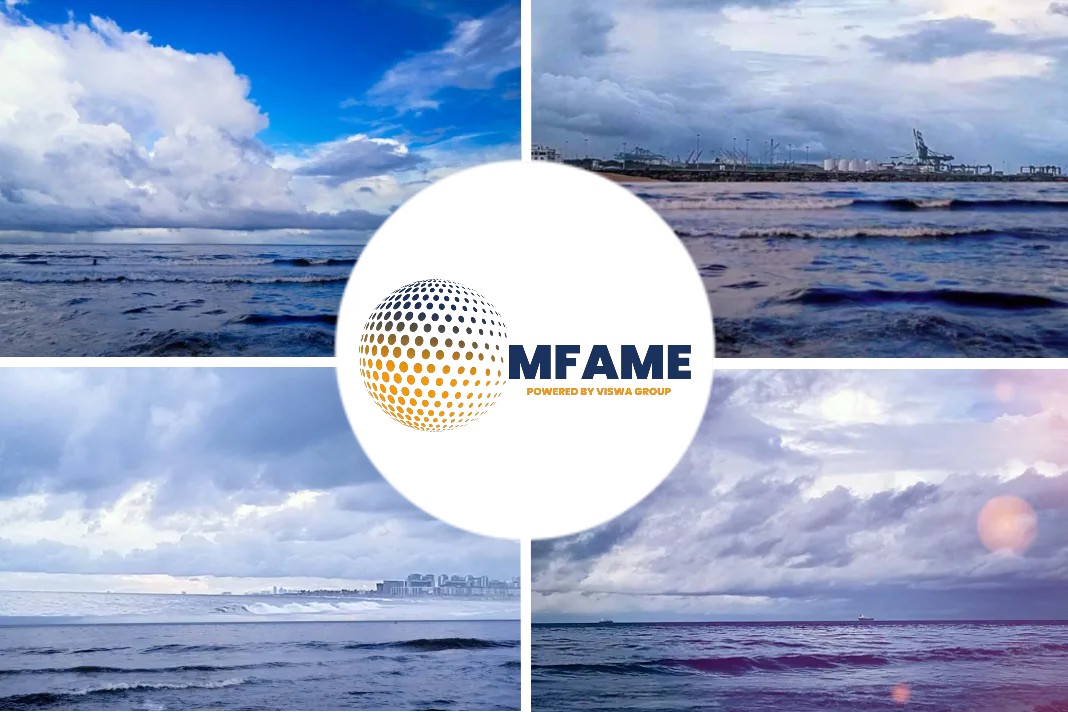According to a Moody’s report, the financial profile of Europe’s shipping industry is strong, but a storm is brewing due to slowing economic growth, trade disputes and stricter emissions regulations, reports Riviera Maritime Media.
What’s Weighing on the Earnings?
“Despite the shipping sector’s current strength, slowing global GDP and trade growth, ongoing US-China trade tensions and new, stricter emissions standards point to mounting pressures that could weigh on future earnings growth,” said Moody’s vice president – senior analyst Maria Maslovsky.
European Companies Bolstering Credit
Shipping industry fundamentals, such as the supply-demand balance, and the freight and charter rates they drive continue to be strong. As a result, most rated European shipping companies across the dry bulk, tanker and container shipping segments reported robust results in Q2 2019, enabling companies to bolster credit quality.
Benefiting from Fewer Newbuilds
The report said container liners are benefiting from fewer new vessels entering the market in 2019. This development helped the three major European liners, AP Moller-Maersk (Maersk, Baa3 stable), CMA CGM (B1 negative) and Hapag-Lloyd AG (B1 stable) to post strong results in Q2 2019. “However, it remains to be seen whether the companies will be able to pass on increased IMO 2020 costs and if any significant lags will affect their future earnings,” warned the report.
Strong Q2 Results
The report said “European container shippers such as Maersk, CMA CGM and Hapag-Lloyd reported strong results for Q2 2019 on the back of improvements in freight rates driven by the positive supply/demand balance. The companies’ EBIT margins, a key measure of profitability, were solid in the mid-single digits in percentage terms, a strong positive for this notoriously volatile and commoditised segment of the shipping industry.”
Freight Rates Up
The orderbook for 2019 is lower than in the last couple of years because of limited ordering in 2016 and early 2017, following an industry “trough”.
Reduced supply coupled with sustained demand drove freight rates up in Q2 2019, as shown by the rise in China Containerised Freight Index.
Freight Rates Helping Container Liners?
Stronger rates, in turn, led to improvements in margins and leverage for all rated European container liners in Q2 2019. But, Moody’s warns, the sector faces the implementation of IMO 2020, which will necessitate container liners passing through increased fuel costs to their customers.
Effects of 2020 Regulation
Ms Maslovsky said “The compliant low sulphur fuel is likely to be significantly more expensive than the currently used bunker fuel. Although container liners have updated the bunker-adjustment formulas in their contracts to incorporate the extraordinary costs of IMO 2020, it remains to be seen how those are implemented and if there is any negative effect on the companies’ operating costs because of the lag in pass-throughs.”
Did you subscribe to our daily newsletter?
It’s Free! Click here to Subscribe!
Source: Riviera Maritime Media













![[Watch] How Ports Manage To Stack Massive Shipping Containers](https://mfame.guru/wp-content/uploads/2019/07/maersk-696x385.jpg)

